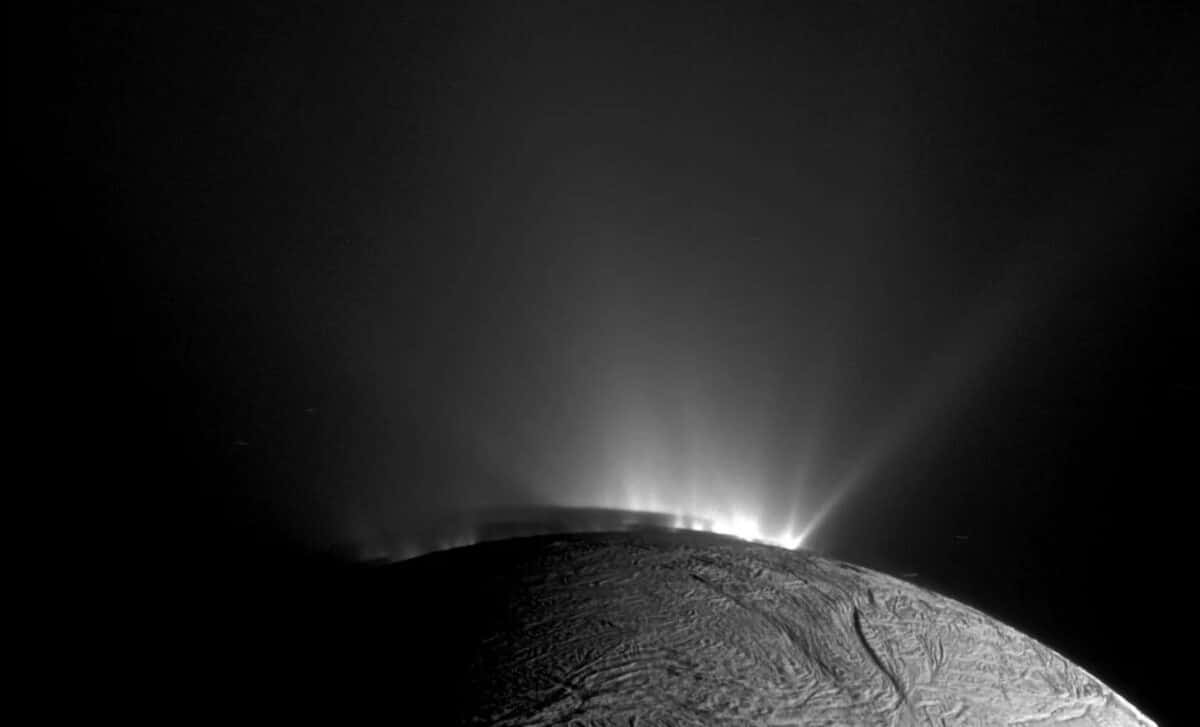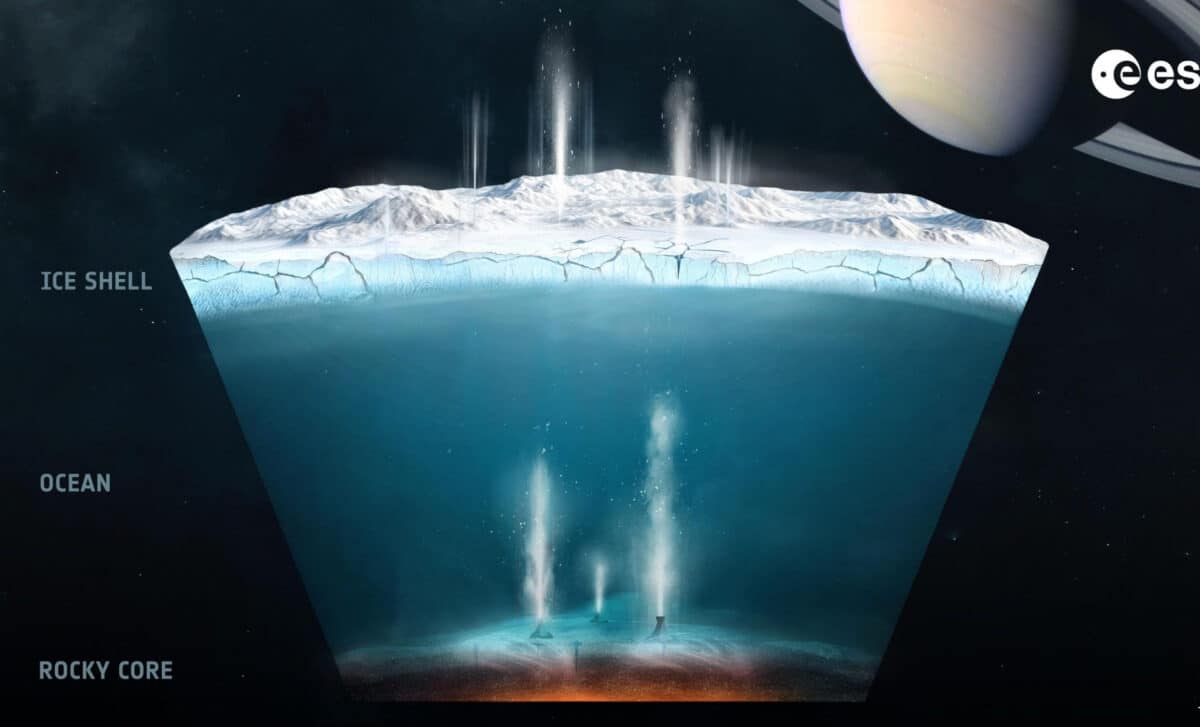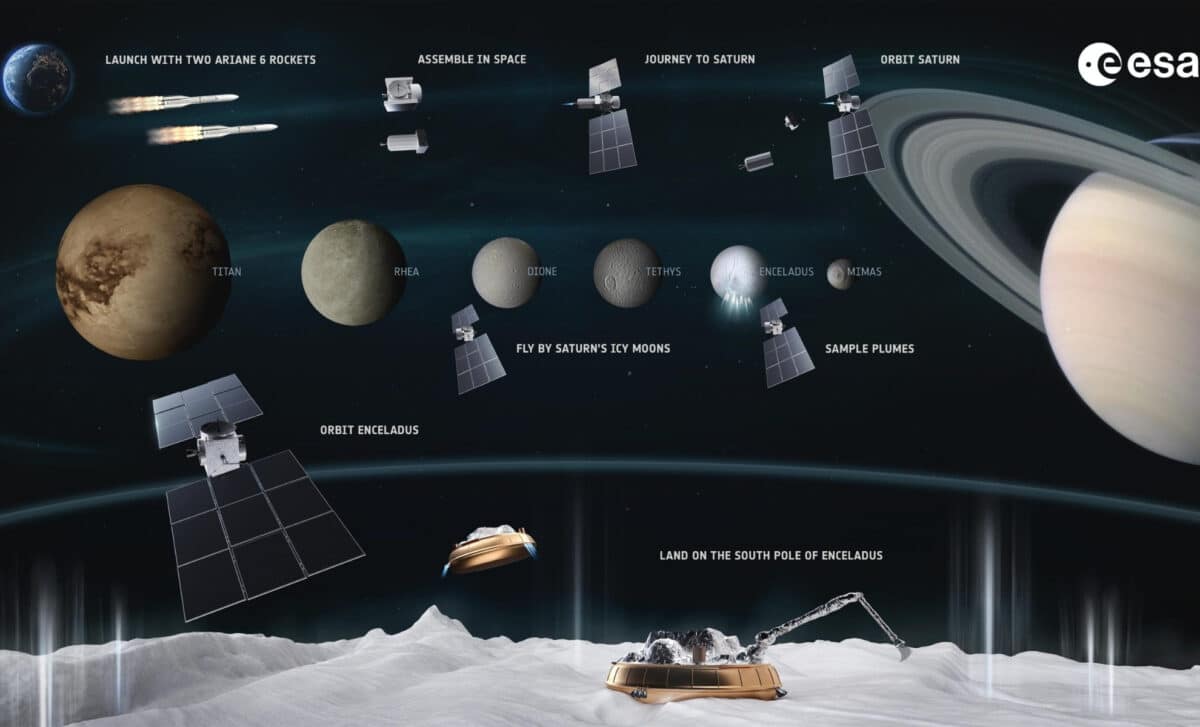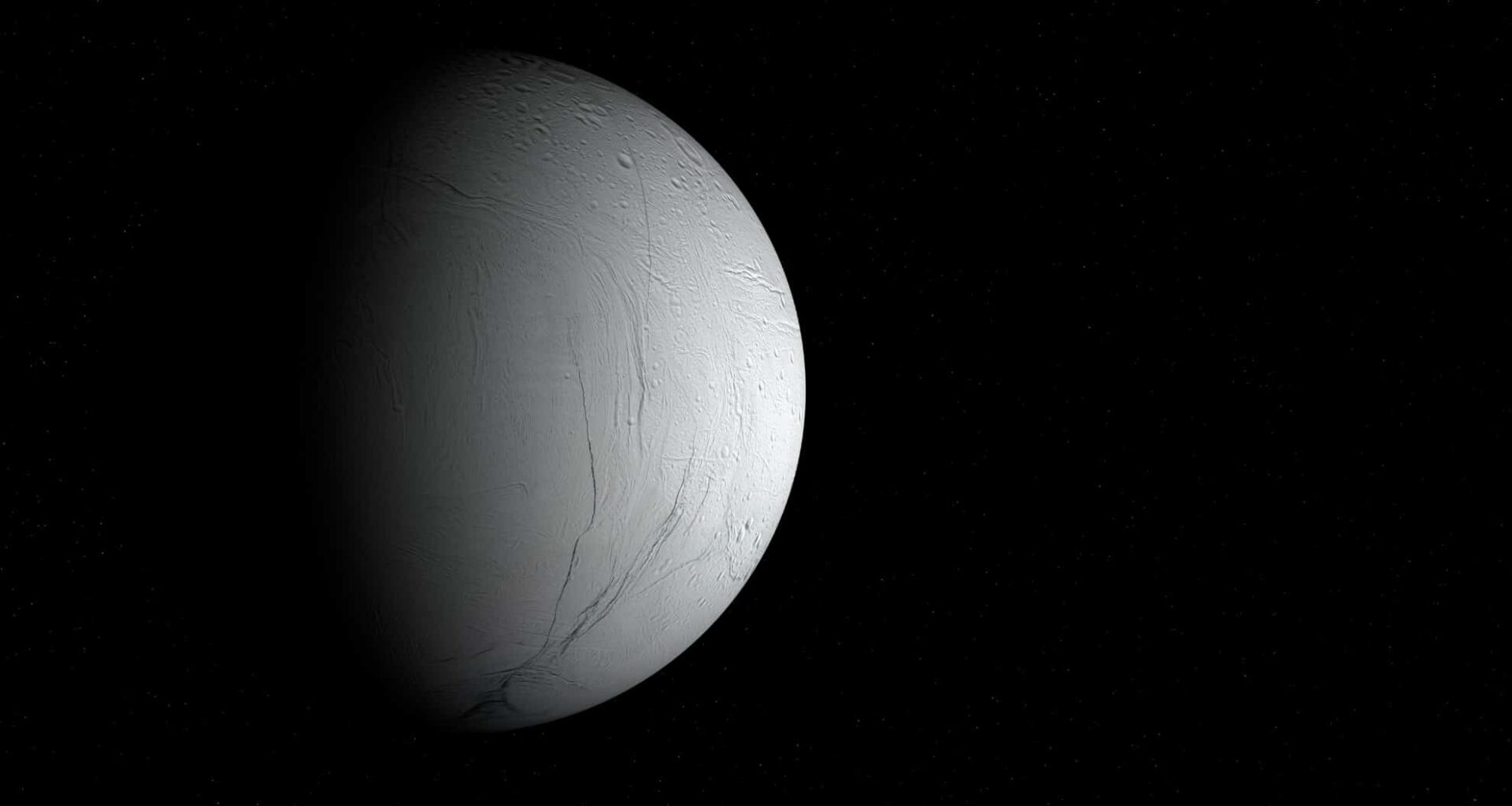In 2005, scientists were stunned when Cassini first observed water vapor jets erupting from Enceladus’s south pole—indicating the presence of a vast, liquid ocean beneath its frozen crust. Those plumes, which help sustain Saturn’s E ring, carry more than water: they contain a mixture of materials from deep inside the moon. The idea that such material could contain the ingredients for life has only gained traction in the years since.
Cassini’s Cosmic Dust Analyzer (CDA) collected thousands of ice grains during its mission. While many had been drifting through space for years—weathered by radiation and solar exposure—scientists turned to one specific flyby, when the spacecraft intercepted freshly expelled particles still chemically intact. That’s where the breakthrough occurred.

Molecular Signatures Hidden in Speed
When Cassini flew through an active jet on Enceladus in 2008, the spacecraft collided with ice grains moving at 18 kilometers per second. That velocity became the key to unlocking the chemical secrets inside.
According to Nozair Khawaja, lead author of the study published in Nature Astronomy, slower collisions in space cause water molecules in the grains to cluster, masking fainter organic signals. But at high impact speeds, the water signal dissipates, allowing organics to emerge more clearly. Using this method, the team detected aliphatic molecules, (hetero)cyclic esters and alkenes, ethers/ethyl groups, and nitrogen- and oxygen-bearing compounds.
Some of these were already known from earlier samples gathered in Saturn’s E ring. But several were entirely new, showing that they weren’t just the byproducts of space exposure. As reported by SciTechDaily, this fresh data confirms that these organic molecules originate from within Enceladus’s ocean itself—and not from later contamination.

A Clear Snapshot of an Alien Ocean
The discovery matters because it provides a chemically unaltered glimpse into the inner workings of Enceladus. Over time, ice grains in space degrade due to radiation, changing their structure and obscuring original signals. But these newly studied particles were expelled only minutes before detection, offering what Khawaja describes as “a direct fingerprint” of the ocean’s composition.
These molecules mirror some of the basic components involved in Earth’s own early biochemistry, such as those that eventually form amino acids and other life-building structures. While the data stops short of proving biological activity, it shows that the right ingredients are there—and may even be reactive under the moon’s hydrothermal conditions.

According to co-author Frank Postberg, the molecules found in these unaltered grains reinforce the idea that complex organics are not just surface phenomena but are being generated or cycled in the ocean itself. “We are seeing them fresh, just minutes out of Enceladus’s interior,” he explained, pointing to how direct sampling of the ocean via plumes remains the most effective method of investigation.

A Push for Europe’s Next Flagship Mission
These findings arrive at a strategic moment for the European Space Agency (ESA), which is actively considering Enceladus for a future large-class mission. Such a mission would fly through the plumes again or potentially land near the south pole to collect and analyze samples with modern instruments.
According to ESA Cassini project scientist Nicolas Altobelli, the legacy of Cassini continues to grow. “It’s fantastic to see new discoveries emerging from Cassini data almost two decades after it was collected,” he said. “It really showcases the long-term impact of our space missions.”

Early planning for ESA’s Enceladus mission is already underway, and the insights from this recent analysis will guide the selection of its scientific instruments. Researchers are focused on designing tools that can go deeper into the chemical structure of ejected materials, building on Cassini’s foundation but with significantly greater resolution and sensitivity.
While the search for life continues, the study’s authors agree on one thing: Enceladus remains one of the most promising locations in the solar system to investigate the conditions that support life.

